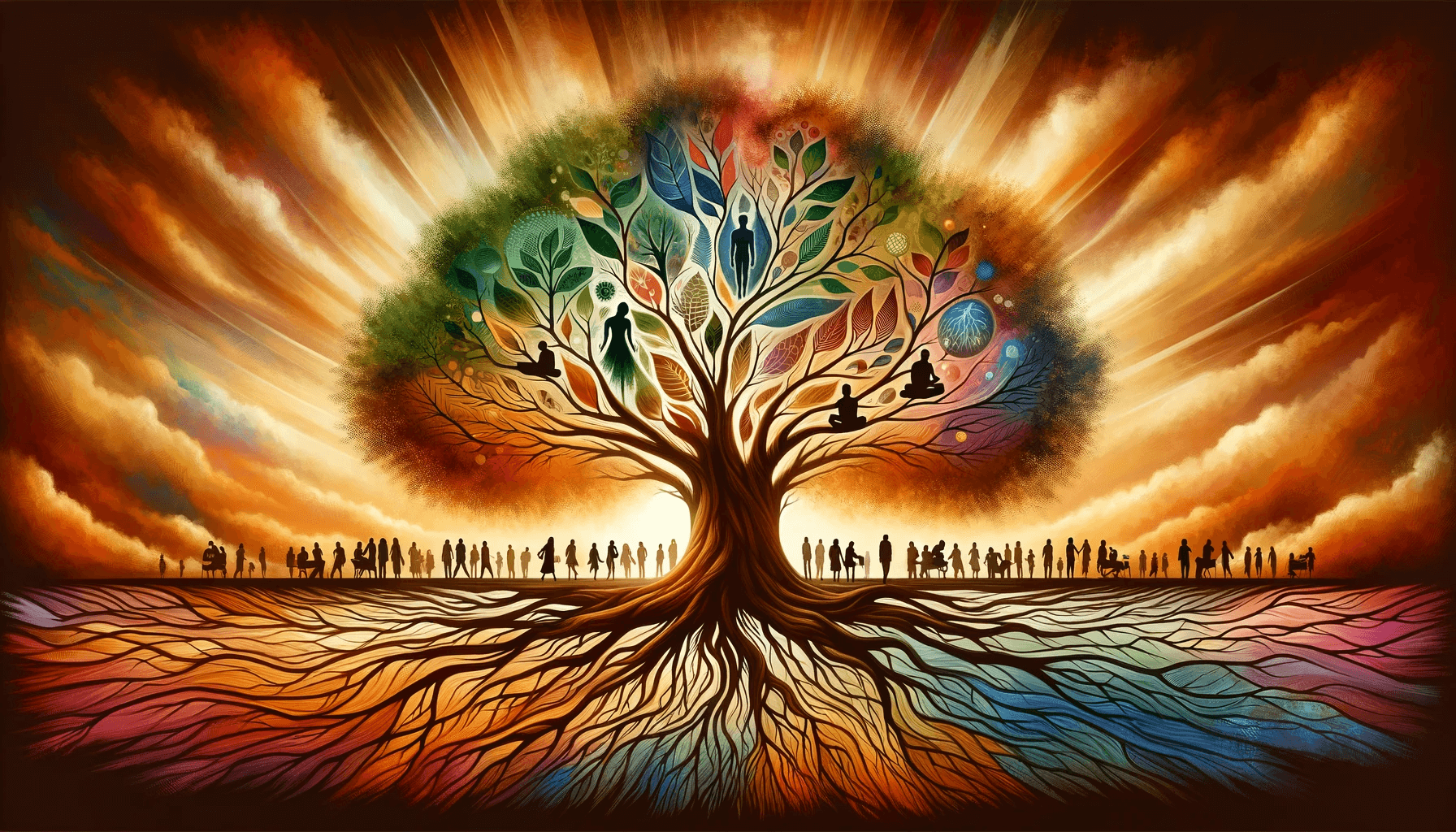Sponsor The Wealth Manifestation
Table of Contents
Introduction to Ostracism
Ostracism, a phenomenon as old as human civilization, refers to intentionally excluding or rejecting individuals from a social group. It can manifest in various forms, ranging from subtle acts of exclusion to overt acts of discrimination. Ostracism has deep psychological and social effects on its victims, often leading to feelings of loneliness, low self-esteem, and even depression. This article will delve into the dark side of ostracism, exploring its psychological and social consequences. Furthermore, we will discuss strategies to foster inclusion and build stronger communities that embrace diversity.
The Psychological Effects of Ostracism
Ostracism can have a profound impact on an individual’s mental well-being. When someone experiences ostracism, they often feel rejected and isolated. This emotional pain activates the same neural pathways in the brain that are triggered by physical pain, making it a deeply distressing experience. The psychological effects of ostracism can manifest in various ways, such as a decrease in self-esteem, increased levels of anxiety, and a heightened sense of vulnerability. Moreover, prolonged exposure to ostracism can lead to chronic feelings of loneliness, which can have detrimental effects on both physical and mental health.
The Social Consequences of Ostracism
Ostracism affects individuals on a personal level and has far-reaching social consequences. In a workplace setting, ostracism can create a toxic environment where employees feel unsupported and undervalued. This can result in decreased motivation, productivity, and overall job satisfaction. Similarly, in school settings, ostracism can lead to social exclusion and bullying, which can have long-lasting effects on a student’s academic performance and emotional well-being. Ostracism is also prevalent in online communities, where individuals can hide behind the anonymity of the internet to engage in cyberbullying and exclusionary behaviors. These social consequences highlight the urgent need to address and combat ostracism in various contexts.
Ostracism in Different Contexts – Workplace, School, Online Communities
To fully understand the dark side of ostracism, it is important to examine its presence in different contexts. In the workplace, ostracism can occur through exclusion from social activities, withholding information, or ignoring someone’s contributions. In schools, ostracism can manifest as peer rejection, exclusion from social groups, or bullying. Online communities provide another platform for ostracism, where individuals can be excluded or targeted through cyberbullying and online harassment. Recognizing the different manifestations of ostracism in these contexts is crucial in developing effective strategies to combat its adverse effects.
Understanding the Dark Side of Ostracism
Ostracism can be a powerful tool for social control, as it establishes a clear boundary between the “in” and the “out” groups. The group reinforces its social norms and values by excluding individuals while exerting power over those who do not conform. However, the dark side of ostracism lies in its potential to harm individuals and undermine the fabric of communities. It perpetuates social inequality, stifles creativity and innovation, and hinders social cohesion. To build stronger communities, it is imperative to confront and address the dark side of ostracism head-on.
Strategies to Foster Inclusion and Build Stronger Communities
Promoting empathy and understanding is fundamental in fostering inclusion and building stronger communities. By encouraging individuals to put themselves in the shoes of others, we can cultivate empathy and develop a greater appreciation for diversity. This can be achieved through educational programs, workshops, and open dialogues highlighting the importance of inclusivity. Creating an inclusivity culture involves actively challenging stereotypes, biases, and discriminatory practices. We can dismantle the barriers that perpetuate ostracism by fostering an environment where everyone feels valued and respected.
Creating a Culture of Inclusivity
Creating a culture of inclusivity requires a collective effort from individuals, communities, and institutions. It involves promoting diversity and representation at all levels, from leadership positions to everyday interactions. Organizations can implement policies prioritizing inclusivity, such as diversity training programs, mentorship opportunities, and inclusive hiring practices. Schools can foster inclusivity by promoting anti-bullying initiatives, creating safe student spaces, and integrating diversity into the curriculum. Online communities can combat ostracism by enforcing strict guidelines against cyberbullying and fostering a supportive online environment. By working together, we can create communities that embrace diversity and celebrate the uniqueness of every individual.
The Role of Leadership in Combating Ostracism
Leadership plays a crucial role in combatting ostracism and promoting inclusion. Leaders can set the tone and values of an organization or community. By demonstrating inclusive behavior and promoting a culture of respect, leaders can create an environment where individuals feel safe and valued. Leaders can also implement policies and practices that actively address and prevent ostracism. This includes establishing clear guidelines against exclusionary behavior, supporting victims of ostracism, and holding individuals accountable for their actions. By taking a proactive stance against ostracism, leaders can inspire others to follow suit and contribute to building a world without exclusion.
Conclusion: Building a World Without Ostracism
Ostracism, with its dark side and harmful effects, has no place in a society striving for inclusivity and unity. By understanding ostracism’s psychological and social consequences, we can begin to dismantle its power and create stronger communities that embrace diversity. Through strategies such as promoting empathy, creating a culture of inclusivity, and empowering leadership, we can foster an environment where everyone feels valued and included. Let us work together to build a world where ostracism is replaced with understanding, acceptance, and celebrating our shared humanity.
CTA: Join the movement towards inclusivity and share your experiences and strategies for fostering inclusion in the comments below.




